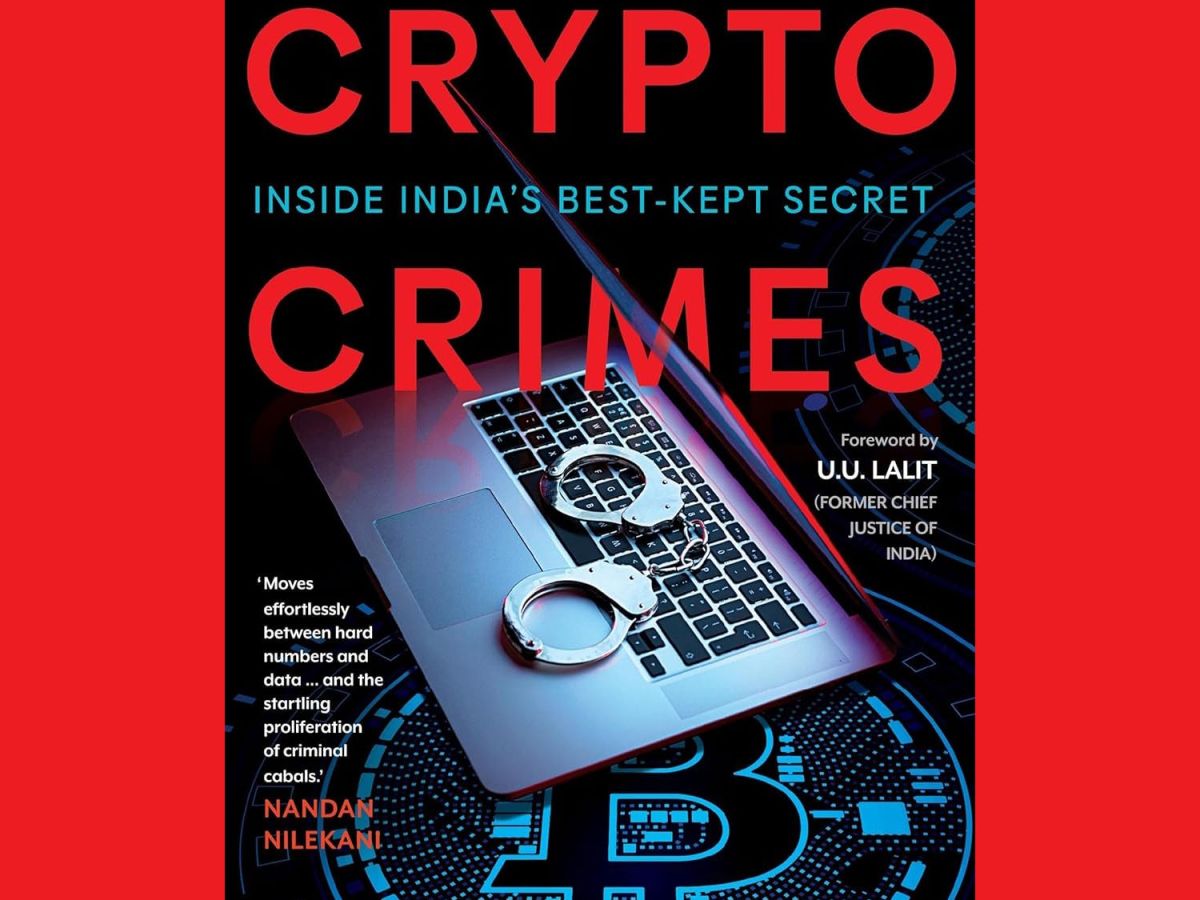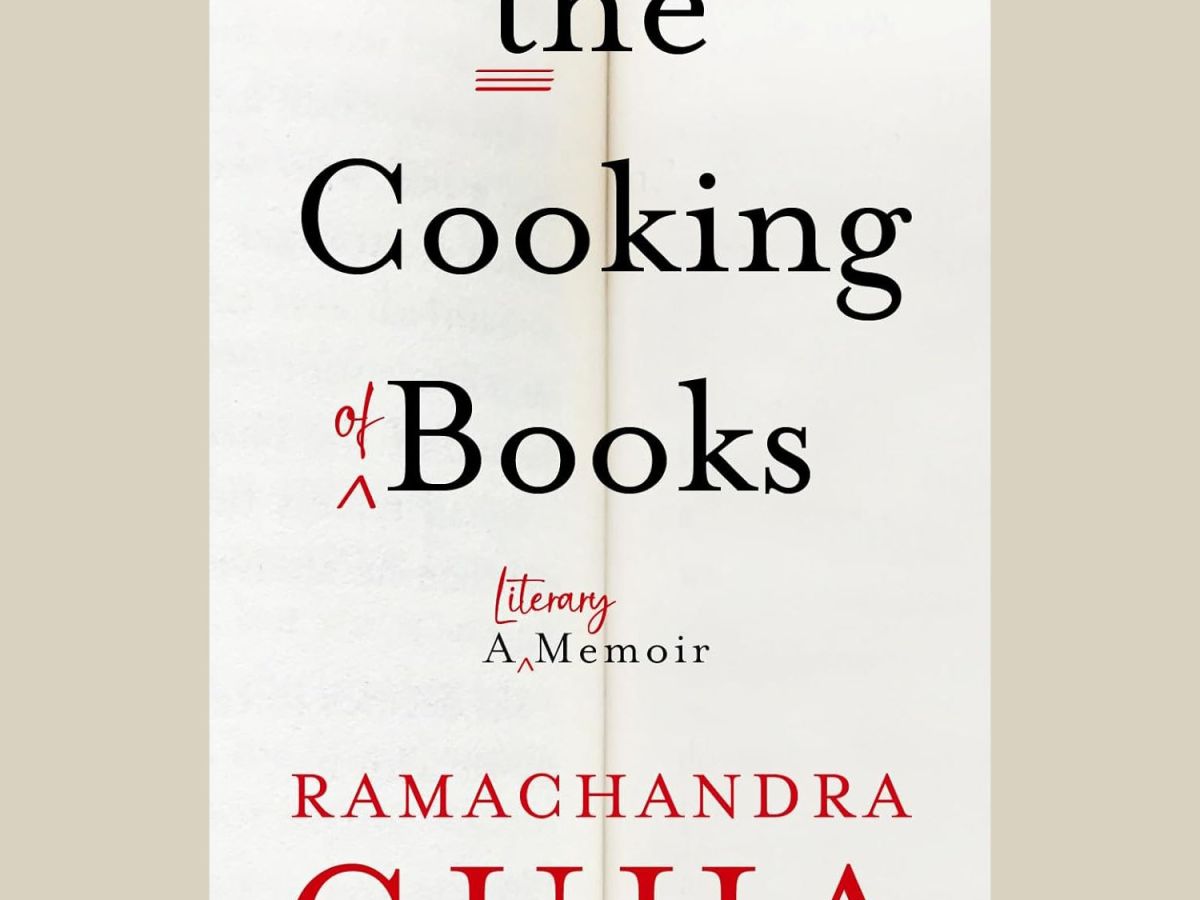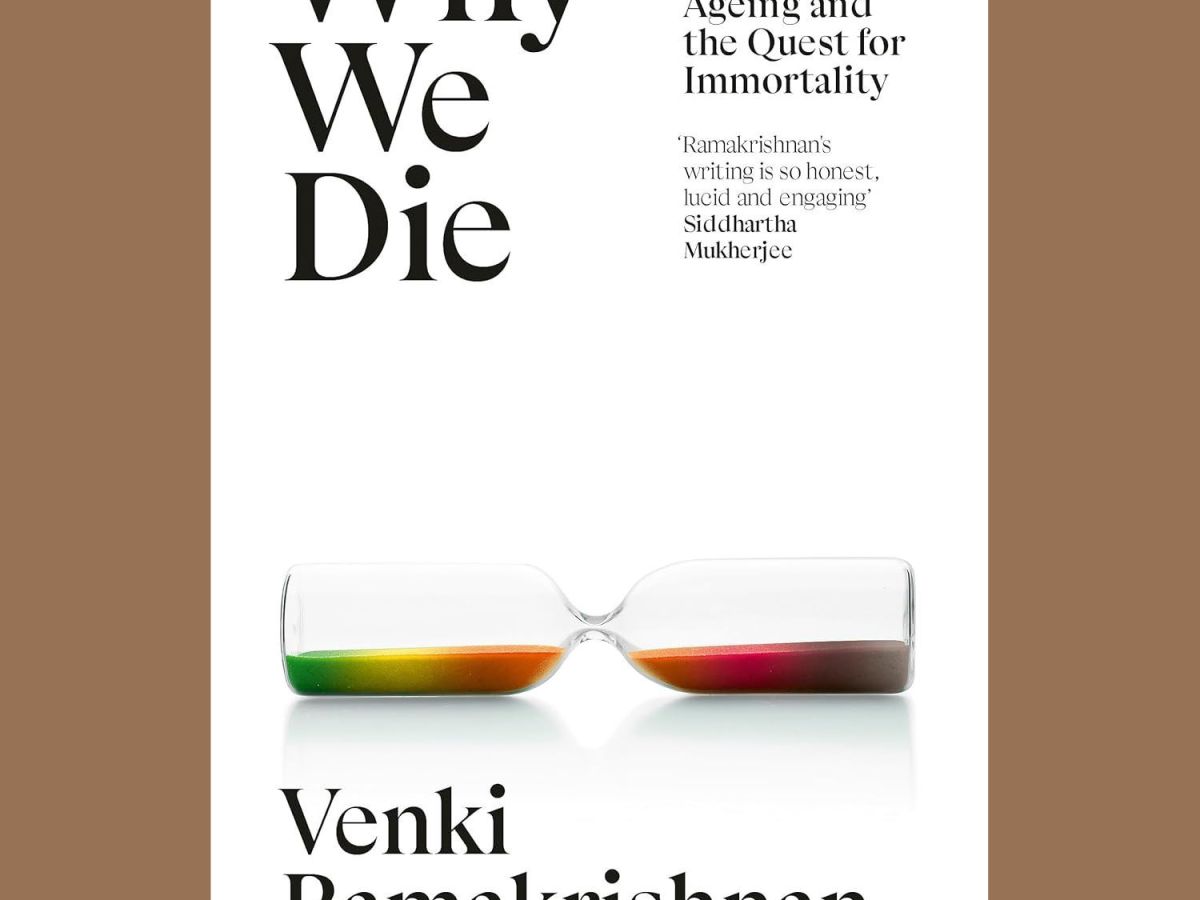Risen from our colonial past, the Anglo-Indian community in India is unique in many ways, and an invaluable part of modern India. When British (or other European, mainly Portuguese) men married Indian women, mostly in the late-19th and early- to mid-20th centuries, their progeny came to be known as Anglo-Indians. After 1947 – through the 1950s and 60s – most chose to leave India and go to the UK, Australia or Canada, in search of a better life. But many did stay on, and their descendants hold on to some vestiges of their ancestors’ ‘Anglo’ lives.
For most Anglo-Indians, all of whom are Christians/Catholics, English is their first language though many are able to speak Hindi and/or other Indian languages quite fluently. As the decades roll by and India’s colonial past fades into distant memory, the British influences continue to diminish. ‘If you compare Anglo-Indians of four or five decades ago with Anglo-Indians of today, you will realise how much we have changed. We are not half as sporty or outdoorsy a people as we once were. Living for the day and laid-back aren’t accurate descriptions of us any longer; focused and competitive are,’ says Barry O’Brien in his book The Anglo-Indians: A Portrait of a Community.
Despite the passage of time and factors like interfaith marriage, however, Anglo-Indians continue to maintain a distinct identity with a unique set of cultural references; different tastes in film and music, culinary habits, manner of speech, customs and traditions. For those who may be interested in learning more about Anglo-Indians, their culture and their way of life, here are some books that are a brilliant read.

These Bloomin’ Anglos: Glimpses into the Anglo-Indian Heart, by Hari Baskaran
‘The Anglo-Indians were a vivacious community, easily giving vent to their feelings and thoughts. Anglo-Indian houses invariably possessed musical instruments such as the guitar and the piano [and] they loved to express themselves in song. As for dancing, they were tutored from a very young age and dance too was an expression of freedom,’ says the author, who grew up in Royapuram, in Madras, which had a sizeable Anglo-Indian community back in the day. ‘My earliest friends, from the age of five, were Anglo-Indians and yet I grew up apart from them; I don’t remember visiting Anglo-Indian homes,’ he says, adding that it was a mix of awe and admiration for the community which led him to write this book. ‘The book touches upon but does not delve into the history of the community at great length. It looks at the Anglo-Indian heart through the lives of contemporary Anglo-Indians, some of whom have achieved considerable success in their lives,’ he says.
‘The book captures the essence of the community as one that does not take itself seriously, yet attracts the kind of obvious affection and admiration which has led the author to profile the lives of the Anglos he has personally known. [It also] sets right the stereotypes in literature and film and in popular conception that have distorted the truth about one of India’s most significant communities,’ says Dr Beatrix D’Souza, former MLA and Founder President of the Forum of Anglo-Indian Women. ‘Bhaskaran interweaves his discourse with history, memories and personal interactions to present his readers an account of what it means to be an Anglo-Indian through the eyes of Anglo-Indians as well as from an outsider’s perspective that is refreshing both in content and delivery,’ adds Dr Cheryl-Ann Shivan, Principal, Kasthurba College of Women, Pondicherry.
These Bloomin’ Anglos: Glimpses into the Anglo-Indian Heart is available on Amazon

The Anglo-Indians: A Portrait of a Community, by Barry O’Brien
‘The first Anglo-Indian could well have been born not long after 20 May 1498 when Vasco da Gama, the Portuguese explorer, set foot on the shores of Calicut – a whole century before the British arrived in India. Today, after five centuries of ups and downs, twists of fate, and turns of destiny, the Anglo-Indian community is firmly established in its chosen homeland, India. Barry O’Brien, an Anglo-Indian with a ringside view and his finger firmly on the pulse of the community, delves deep into the heritage, culture, way of life, literature, social mores, and sheer dynamism of the community,’ says the publisher’s note. In the book, O’Brien talks about the arrival of the European maritime powers in India, the birth of the Anglo-Indian community, and recounts the fascinating stories of those who left India and those who stayed back. ‘The social, cultural, and political history of the Anglo-Indians in India and the diaspora has never before been told in such a comprehensive, clear-eyed, engrossing, and enjoyable way. Unarguably, The Anglo-Indians is the best account yet of one of India’s most remarkable and enigmatic communities,’ adds the publisher’s note.
‘Forsaken by the British and secluded in independent India, the history, legacy and present challenges of the Anglo-Indian community continue to be revisited at recurrent intervals. Barry O’Brien’s The Anglo-Indians is the latest addition to such endeavours undertaken by writers, cultural historians and researchers. The book is a treasure trove, ebulliently tracing the origins, identity, integration and journey of Anglo-Indians in the nation-building process. It provides a new impetus in recompiling Anglo-Indian history, its tradition and continuity in multiple ways,’ says The Telegraph.
The Anglo-Indians: A Portrait of a Community, by Barry O’Brien is available on Amazon

The Anglo-Indian Way: Celebrating the Lives of the Anglo-Indians of India, by Errol O’Brien
‘The Anglo-Indian Way is a fascinating look at the Anglo-Indian community through profiles of some of the community’s most extraordinary men and women. In a series of essays written by a host of writers, the lives of these persons are described lucidly, and with warmth and honesty. From Henry Derozio and Frank Anthony to Ruskin Bond and Diana Hayden, the book is about Anglo-Indian people who excelled in all walks of life as leaders, politicians, police officers, actors, teachers, sportsmen, writers and many more. As a chronicle of a community, The Anglo-Indian Way is necessary; as a record of life stories, it is inspiring; and as a glimpse of history as it was being lived, it is invaluable,’ says the publisher’s note.
‘The Anglo-Indian Way is a way of life, an outlook that is about being proud of one’s roots and heritage while not being afraid of integrating with the larger society. I have chosen to show this through chronicles of men and women and entire families who have lived their lives in this way. Theirs are accomplished lives and they have become symbols of pride and models of virtue and skill for both their community and their country,’ says the author. ‘My purpose was to pay tribute to those Anglo-Indians who have stayed on in the country of their birth and origin, and made their mark here. This is their story,’ he adds.

The Anglo-Indians, by Dileep Prakash
‘The photographer, Dilip Prakash’s interest in the Anglo-Indian community grew out of his marriage to his Anglo-Indian wife, June, from Jabalpur. The artist travelled across India for two years making portraits of India’s Anglo-Indians. This term was first used in the 17th century to define mixed marriages between Indians and British / Europeans. Prakash’s images reveal a diversity of characters, from teachers to tea planters, from funeral directors to students, and different generations, from children to grandparents. Lifestyle is a key element to the cultural richness of this visual documentary. How the subjects pose themselves within their living or work environments display a sense of dignity and honesty about their identity. The settings disclose historical and religious ties, and they show the simplest of home environments to the most elaborate. Some home interiors are like intimate, small museums of times past with historical family photographs, Christian motives and colourful Indian textiles,’ says the publisher’s note.
‘Between 2004 and 2006, I met about 5,000 Anglo-Indians and photographed more than a thousand. My interest in making portraits in their personal spaces required great collaboration and their trust. I lived with some of them and spent many evenings sharing their stories and memories. The portraits try to explore the signs of cultural integration as well as the distinct aspects of the Anglo-Indian identity. They are a record of individuals, whose individuality becomes the point of entry into their lives,’ says the author, on his blog.
The Anglo-Indians, by Dileep Prakash is available on Amazon

Christmas in Calcutta: Anglo-Indian Stories and Essays, by Robyn Andrews
‘Calcutta has one of the largest Anglo-Indian populations in the world. This is a community with members who occupy a wide range of socio-economic positions and who live a variety of lives that are always nuanced by their being Anglo-Indian. However, the community has been conveniently stereotyped by the media. Christmas in Calcutta goes beyond the stereotype and delves deep in this study of the Anglo-Indian community in Calcutta. The book comprises life stories, memoir pieces and essays on issues of contemporary interest,’ says the publisher’s note, adding that the book focuses on the origins, characteristics and the constitutional definition of the community, its practice of Christianity, and care and consolidation of the community. ‘By drawing on the vital lives of real individuals, the author hopes that there is a change to the lens through which these people of India are viewed,’ it says.
‘Andrews details distinctive characteristics of the Anglo-Indian community, which include speaking English as their mother tongue, the depth of their Christian faith and, more surprisingly, historically being mainly endogamous. She mentions them being spurned by Europeans prior to Independence and how this rejection has, in her view, led to the development of a separate community with its own character. She posits the idea that Indians and Anglo-Indians are accommodating each other’s cultural practices. But is this distinct community sustainable? What is also apparent, from the evidence presented, is that the blending of Western aspirations, social behaviour and dress with Indian customs, such as Hindu-style festivals, gender bias and Indian cuisine, has created a hybrid community, one which is vulnerable to acculturation from both directions,’ says David Weaver, who reviewed the book for Victoria University of Wellington.
Christmas in Calcutta: Anglo-Indian Stories and Essays, by Robyn Andrews is available on Amazon

In addition to the books listed above, for those who may be interested in reading more about Anglo-Indian heritage and culture (and food!), here are some additional recommendations:
The Anglo-indians: A 500-Year History, by S. Muthiah and Harry MacLure
Indian or British?, by Pat Cross
Domicile and Diaspora – Anglo-Indian Women and the Spatial Politics of Home, by Alison Blunt
An Anglo-Indian Childhood, by Shirley Gifford-Pritchard
adventure advertising Allahabad Apple astrology audiobooks Banaras best-of lists Bombay book marketing business Calcutta cheap reads cityscapes corporate culture design fiction food Hinduism hippies history India Japan journalism journalists libraries literary agents memoirs memories money Mumbai music my life with books Persian photojournalism Prayagraj publishers publishing science-fiction self-help technology travel trends Varanasi wishlists
Book Review: Crypto Crimes – Inside India’s Best-Kept Secret
Cryptocurrency. Bitcoin. Digital assets. While the vast majority of people in India (and probably elsewhere in the world) have heard of these terms, most have…
The Psychology of Secrets: An Excerpt
‘We all keep secrets and there’s a one in two chance that those secrets involve a breach of trust, a lie or a financial impropriety.…
The Cooking of Books: A Literary Memoir
‘The strangely enduring and occasionally fractious friendship that developed between the famously outspoken historian Ramachandra Guha and his reticent editor Rukun Advani is the subject…
The Foresighted Ambedkar: An Excerpt
Jurist, economist, social reformer and political leader, ‘Babasaheb’ Bhimrao Ramji Ambedkar was born in a small town in Madhya Pradesh on 14th April 1891. He…
The Dirty Dozen: An Excerpt
Published recently by Pan Macmillan India, N Sundaresha Subramanian’s The Dirty Dozen takes the covers off the financial wrongdoings and misdeeds committed by some well-known…
Why We Die: Book Review
Death is the final frontier, the inevitable end. We know that and yet most of us find it difficult to deal with thoughts of dying…







